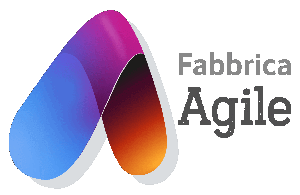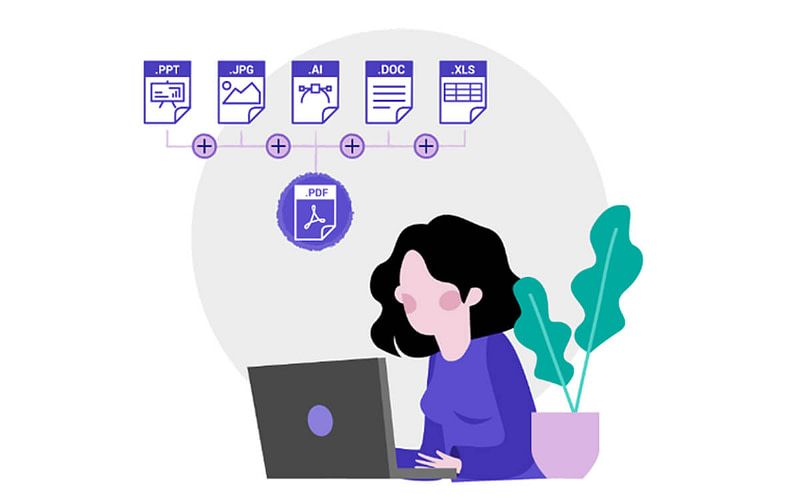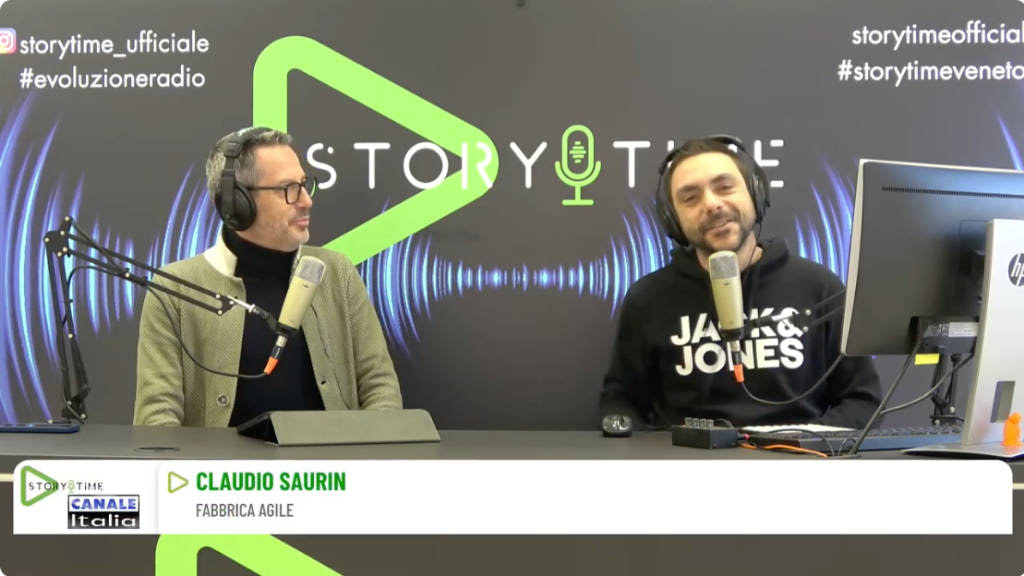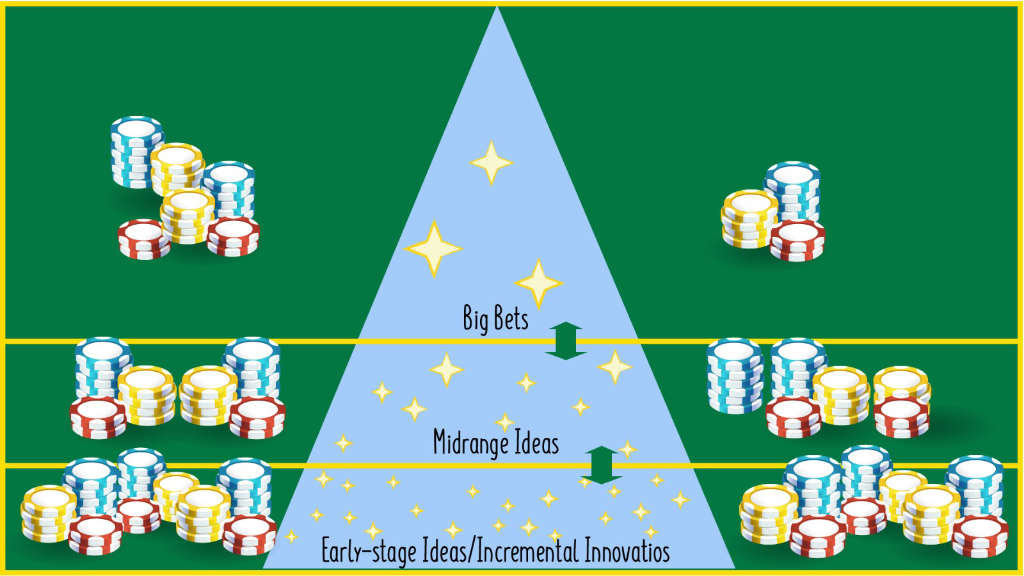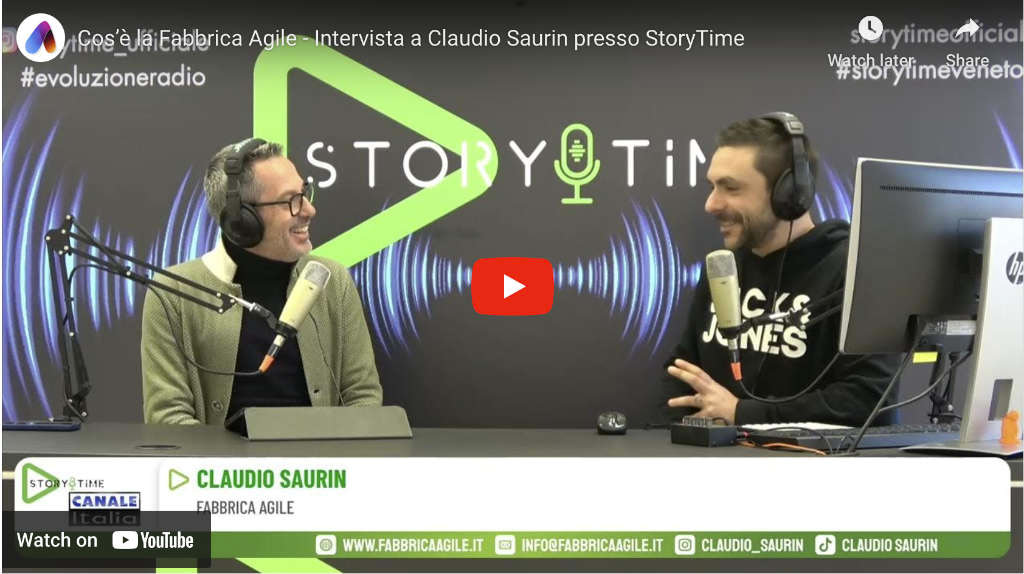Digital Transformation is manifested in the second value of the Agile manifesto, which states:
We value Working Product (here in replacement of SW) more than Comprehensive Documentation
Documents as they used to be and the Digital Transformation
This does not mean not producing documentation, but producing it without unnecessary waste in accordance with Principle 10 of the Agile Manifesto :
Simplicity , or the art of maximizing the amount of work not done
Cross-functional agile teams, working from the very beginning of product development generate a large amount of information consisting of:
-
- Photos of the product or its parts in development, done in the field or laboratory
-
- Photos of boards and blackboards
-
- Paper notes and sketches taken during tests, or technical team meetings
-
- Data Sheets
-
- Manual calculative verifications, or produced with special software
-
- Spreadsheet tables with a multiplicity of contents
-
- Reports
I limit it to these knowing that there are more.
Added to these, of course, are CAD documents that I discussed in my previous article on Distribution PLM.
Giving form to substance is often very costly because the methods for producing documents are based primarily on Office Automation applications:
-
- Word processor
-
- Spreadsheet
-
- Presentation application
To produce documents containing the previously indicated types of information can be laborious.
Help from Digital Transformation in document management
I have seen very often photo reports produced by embedding photos within a word processor.
When you need to distribute a document consisting of pages generated with different applications, office automation, scanning, photos, etc. the most common thing is to attach multiple files directly to the email.
Viewing requires opening each annex with its own application.
In this way, the quality of information distribution has become worse than when it was paper-based.
In fact, I remember the period of producing paper documents, with pages created with various software applications, or with the photocopier and stapled for distribution.
It was easy to consult because everything was in the desired sequence of viewing and in a single mode of navigation within the document itself.
To return to the comfort of viewing in the paper era, I think it is necessary to have a single attachment that contains all the information from multiple files, in an easy-to-view format.
Even today it is still very rare to distribute a single PDF document that includes them all, yes because to do so requires having a dedicated application and because this is time-consuming.
In my last corporate experience, I had the opportunity to coordinate a project on Digital Transformation.
Within this project we have tried to give an answer to the issue of producing documents consisting of multiple files.
We started with the Distribution PLM because it has the Vault, that is, a secure container of multiple files that are associated with the same “PLM object.”
This is typical of CAD systems that employ multiple files to describe one part or a group of parts.
We then extended the vault to handle all documents, placing within it all the files needed to produce a document, including notes and any “bad copies.”

And so far done the first step, found a secure file container.
We then asked ourselves, how to help in the most common mode of writing with a word processor.
We have noticed that the most popular document are emails which have a fairly limited editor but enough for the purpose.
We then integrated a web editor into the Distribution PLM, capable of generating text documents as easily as e-mail.
In my experience, with a web document editor, you get enough formatting for more than 95% of your company documents.
In fact, only documents for which this aspect is as important as content remain excluded.
Word processor licenses are reduced and limited to users who have these needs.
The last step is to manage the document metadata such as title, date, author, etc.).
Metadata is retrievable from the information of the user and the container within which the document is placed.
We then developed a “PDF binding engine” of only the files selected in the vault, and capable of producing a unique file with a front cover page containing metadata.
The generated file is also compressed from the original size for easy web browsing.
In any case, the vault can be accessed for direct browsing of original documents such as high-resolution photos.
We then made it so that the creator of the document can choose a page, significant to him, as a preview of the document itself All for faster visual selection.
Thus substance is achieved with the minimum necessary form. The first value and the tenth principle of the Agile Manifesto are fulfilled.
In other words, this minimizes activities that are NOT of value to the customer and the development team.
Again, by seeking the effectiveness of doing the least things, we also pursue the efficiency of doing them well with the least expenditure of energy.
